| Structure | Name/CAS No. | Articles |
|---|---|---|
 |
Cyclosporin A
CAS:59865-13-3 |
|
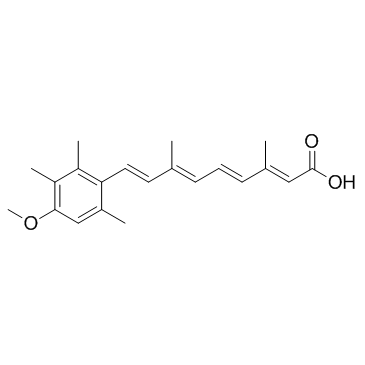 |
Acitretin
CAS:55079-83-9 |
|
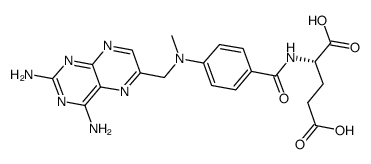 |
L(+)-Amethopterin hydrate
CAS:133073-73-1 |
|
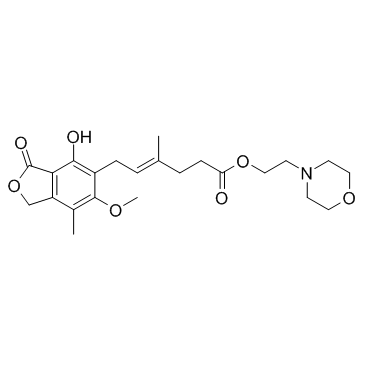 |
Mycophenolate mofetil
CAS:128794-94-5 |
|
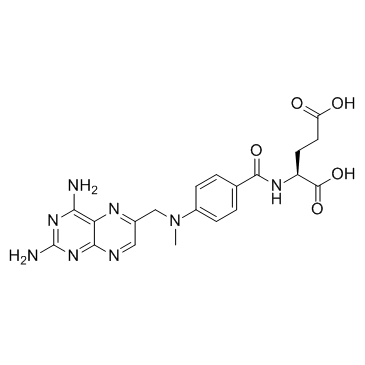 |
Methotrexate
CAS:59-05-2 |
|
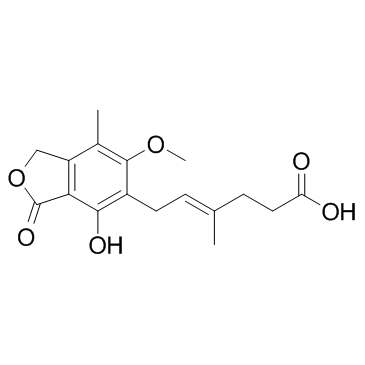 |
Mycophenolic acid
CAS:24280-93-1 |
|
 |
13-cis-Acitretin
CAS:69427-46-9 |